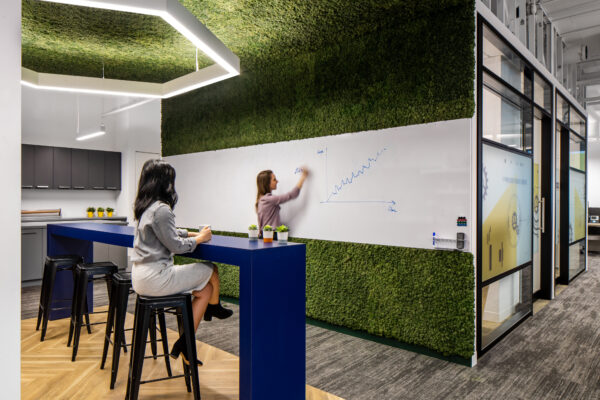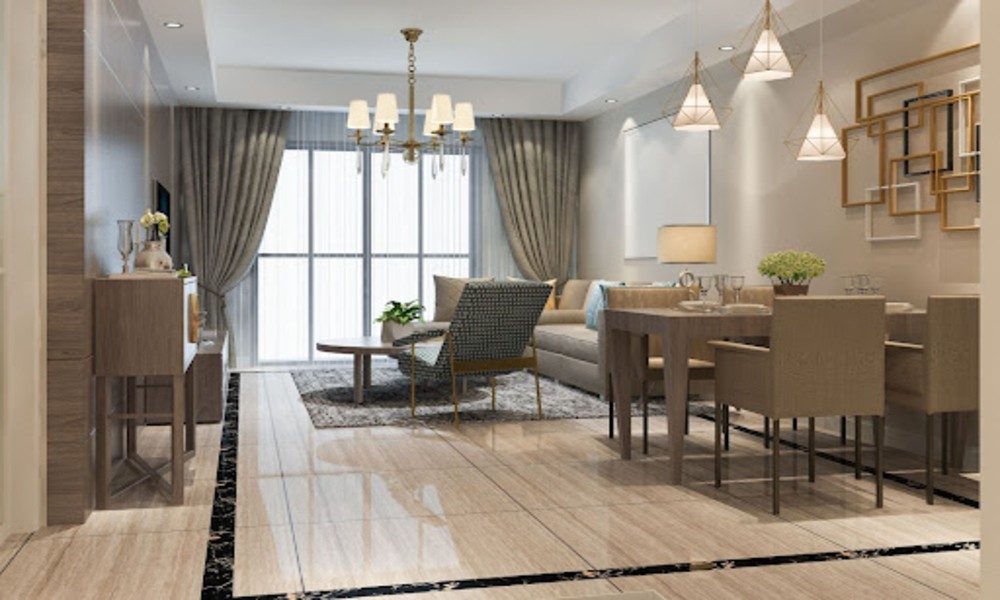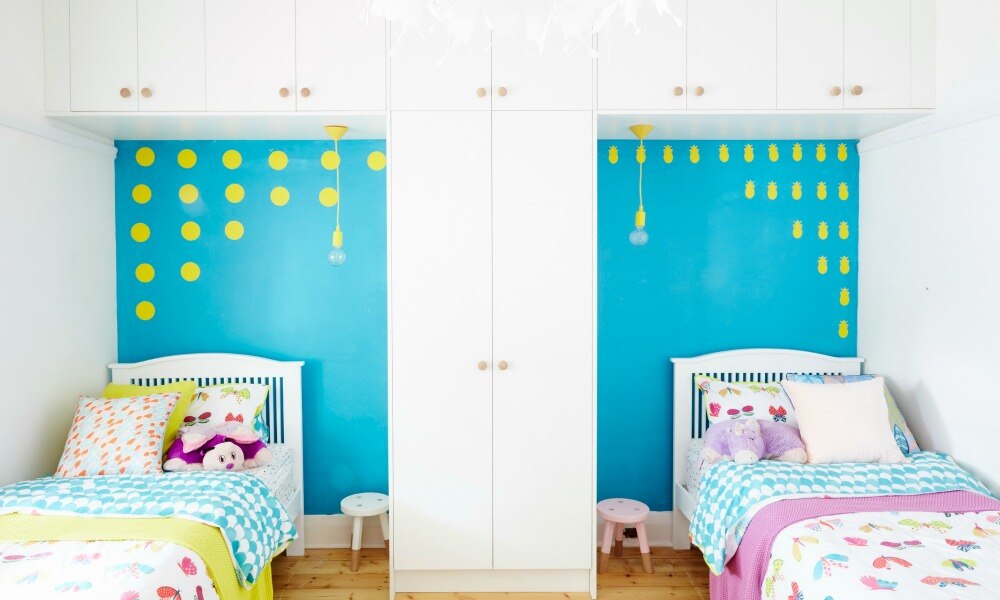In recent years, biophilic design has gained significant attention in the architectural and interior design industries. This concept, derived from the Greek words “bios” meaning life and “philia” meaning love, focuses on incorporating natural elements and features into built environments. Biophilic design aims to create spaces that enhance our connection with nature, resulting in improved well-being, productivity, and overall quality of life.
The Benefits of Biophilic Design
Biophilic design elements offer numerous benefits for both individuals and the environment. By integrating natural materials, patterns, and textures, interior spaces can be transformed into havens that promote relaxation, reduce stress levels, and increase creativity and focus. Additionally, biophilic design has been found to improve air quality, energy efficiency, and the overall sustainability of a building.
Key Elements of Biophilic Design

There are several key elements commonly found in biophilic design:
- Natural Light: Maximizing the use of natural light can help create a connection to the outdoors and reduce reliance on artificial lighting.
- Greenery: Integrating plants and living walls into interior spaces can improve air quality, provide visual appeal, and evoke a sense of tranquility.
- Water Features: Incorporating water elements, such as fountains or indoor ponds, can create a calming atmosphere and contribute to a sense of harmony.
- Natural Materials: Using materials like wood, stone, or bamboo can add warmth and authenticity to interior spaces, fostering a sense of grounding and connection to nature.
- Biomimicry: Drawing inspiration from nature’s patterns and forms, such as incorporating organic shapes or textures, can create a sense of harmony and balance in design.
- Views of Nature: Providing views of natural landscapes or incorporating outdoor spaces like balconies or terraces can offer a connection to the outside world and promote a sense of well-being.
Implementing Biophilic Design in Practice
When incorporating biophilic design elements, it is crucial to consider the specific needs and goals of the space. Whether it is an office, a healthcare facility, or a residential setting, each environment will require a tailored approach. Consulting with a professional who specializes in biophilic design can help ensure that the chosen elements align with the desired outcomes.
Furthermore, it is important to educate stakeholders about the benefits of biophilic design and how it can positively impact their daily lives. By understanding the rationale behind the integration of natural elements, individuals are more likely to appreciate and embrace the design concept.
The Future of Biophilic Design

As our lives become more urbanized and disconnected from nature, the importance of biophilic design is likely to increase. Architects and designers recognize the need to create spaces that promote physical and mental well-being, and biophilic design provides a solution. With ongoing research and innovation, we can expect to see even more creative and effective ways of incorporating nature into our built environments.
Biophilic design elements have the power to transform indoor spaces, fostering a greater connection with nature and improving our overall well-being. By integrating natural light, greenery, water features, natural materials, biomimicry, and views of nature, we can create environments that are not only aesthetically pleasing but also promote health, productivity, and sustainability.









